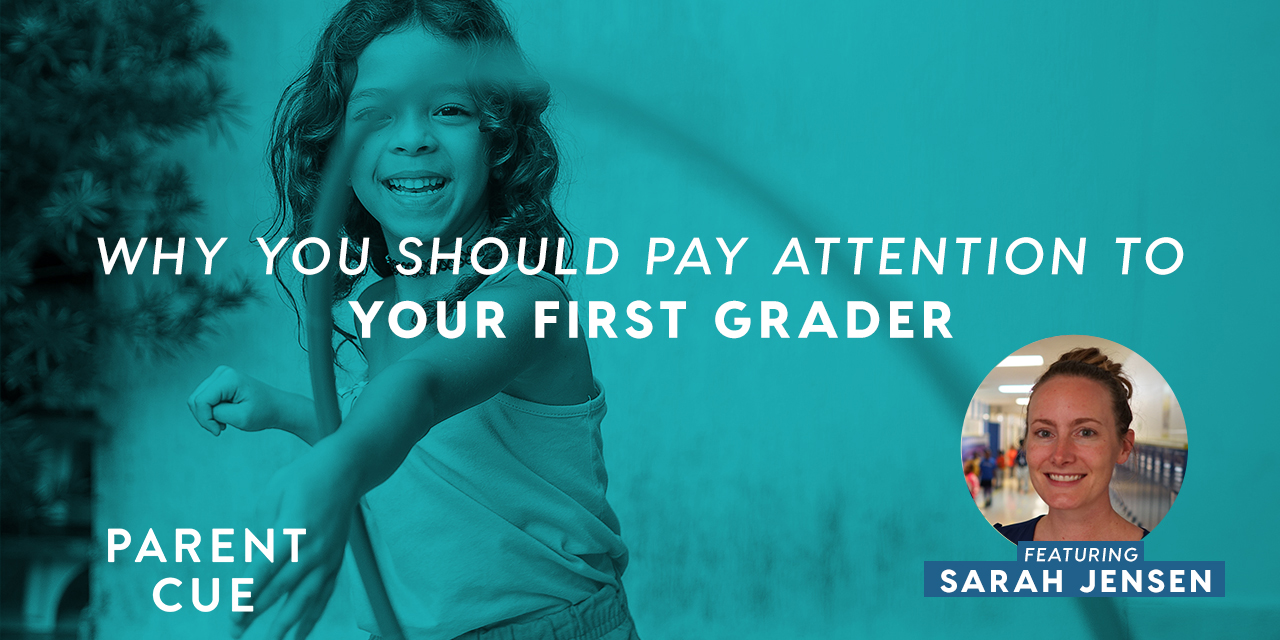
This is Part 2 of my Book Review for “Are My Kids on Track? The 12 Emotional, Social and Spiritual Milestones Your Child Needs to Reach” written by experienced counselors: Sissy Goff, David Thomas and Melissa Trevathan.
Why This Book Matters
It’s not just teenagers that are struggling with things like depression, suicide, eating disorders, anxiety and bullies. Unfortunately, elementary kids are also experiencing these things or know a friend/family member who is. The struggle is real and they need us to lean in and look deeply at other things besides report cards and awards.
A Sample of What’s Inside
I have recently registered my oldest for high school, the tween for middle school, and am exploring options for kindergarten for the littlest. Life with three in very different phases is not boring!
So believe me when I say, I’m not looking for more to do. But here are just a few of the ideas I picked up from “Are My Kids on Track?” that I can see as being valuable for each of my kids and easy enough to start today.
Preschool/Elementary Kids
David Thomas might have been talking about our youngest son when he wrote his part of the book! My littlest has a big personality with big emotions, which can lead to big meltdowns. Here are a few practical things we are trying based on the ideas in the book.
- Post and use a Feelings Chart to help develop his Emotional Vocabulary. The book explains how generally boys have a tougher time identifying what different facial expressions mean and acting accordingly.
- Order How Would You Feel If… Fun Deck Cards for time in the car, riding or waiting for siblings. Great way to practice and talk it through when we’re not both caught up in the moment.
- Build Lego kits and other multi-step projects together to work on not only fine motor skills but patience and determination to finish calmly.
- Start to read The Chronicles of Narnia
(my guess is that the other two will find their way to listen as well which is bonus). Then watching the movie together. I can use these characters to talk more about feelings and if they are helpful or not.
- Create “The Space” where he can go and safely burn off steam. He does tend to get more physical so I’m looking for something he can hit like a blow-up bopper. (I think my daughter and older son would also use this occasionally if I had a real punching bag option and weights. Win-Win.)
Middle Schoolers
I saw a lot of my daughter in Sissy and Melissa’s descriptions from their section of the book as well. They talk about how girls often feel like they are either “not enough” or “too much.” Here are a few practical things we picked up from the book that we will be trying:
- Print and use a Drama-mometer; it has faces with expressions and numbers 1-10 below them that doctors use to rate your pain level. Girls can often feel like everything is a 10 so this helps to gain perspective.
- Say “Yellow Light” when I can tell she’s just about to make that snarky comment or push at a pesky brother. Like the check oil light in cars, this gives her a warning and a chance to fix it before there’s a problem (and a consequence).
- Create a list of Coping Skills that she feels will help her calm down.
- Re-write the Four Steps of Healthy Conflict on page 206 so she has a script literally in her back pack to help her talk to a friend, both owning her part in the problem and asking for help to solve it. (I can use this too!)
- Work to say “Ouch!” or “Try Again” if she says something in a disrespectful way, giving her benefit of the doubt and a chance to make it right without delivering a big lecture or getting upset myself.
High Schoolers
My oldest son is quieter and more introverted than most of the examples given in the book. But many of the suggestions will still help to move him along.
- Ordered Pocket Ungame Teens Version for the car or dinner table. Maybe we can coax more than one-word answers out of him—“fine, good”—and keep him from teasing the little one so much.
- Try throwing a football back and forth when we’re having a conversation showing the natural give and take in talking. It might give him time to process internally when I won’t accept “I don’t know” as a final answer too.
- Copy and look at the Back Pocket topics on page 163 to help him when he’s not sure what to say to people but feels the pressure to talk. (I’m thinking his dad will want a copy to help him handle the haircut lady too!)
- Look up The Enneagram Made Easy. All of us in double digits can take it. More than a personality test, it talks not only about our strengths, but also our struggles, based on how we are wired. This can help with self-awareness.
- Continue to call out and counter any evidence of BAD behavior. Evidence suggests guys struggle more with Blame, Avoidance, and Denial. (Girls were more likely to blame themselves while boys blame others, especially mom.) “What did you do with my fill-in-the-blank?” is a classic example of all three. His future roommates will thank me!
Parents
Why leave myself out? I found myself wincing a few times and noting some things to work on. There are lots of ideas for parents on ways to improve and better respond to our kids, like actively listening, talking less, how to deal with sibling rivalry, and learning to chill out. They also emphasize choosing a parenting style that won’t always make things easy for our kids, but will help our kids continue developing socially, emotionally, and spiritually.
C.S. Lewis says it best, “The proper aim of giving is to put the recipient in a state where he no longer needs our gift.” Helping our children and teenagers work on these things is an investment and it will have a boomerang effect—creating a generation that’s more resourceful, healthy, connected and confident.
Who’s in? What of these ideas sounds like they’d work at your house?
Comment below. I’d love to hear from you!




